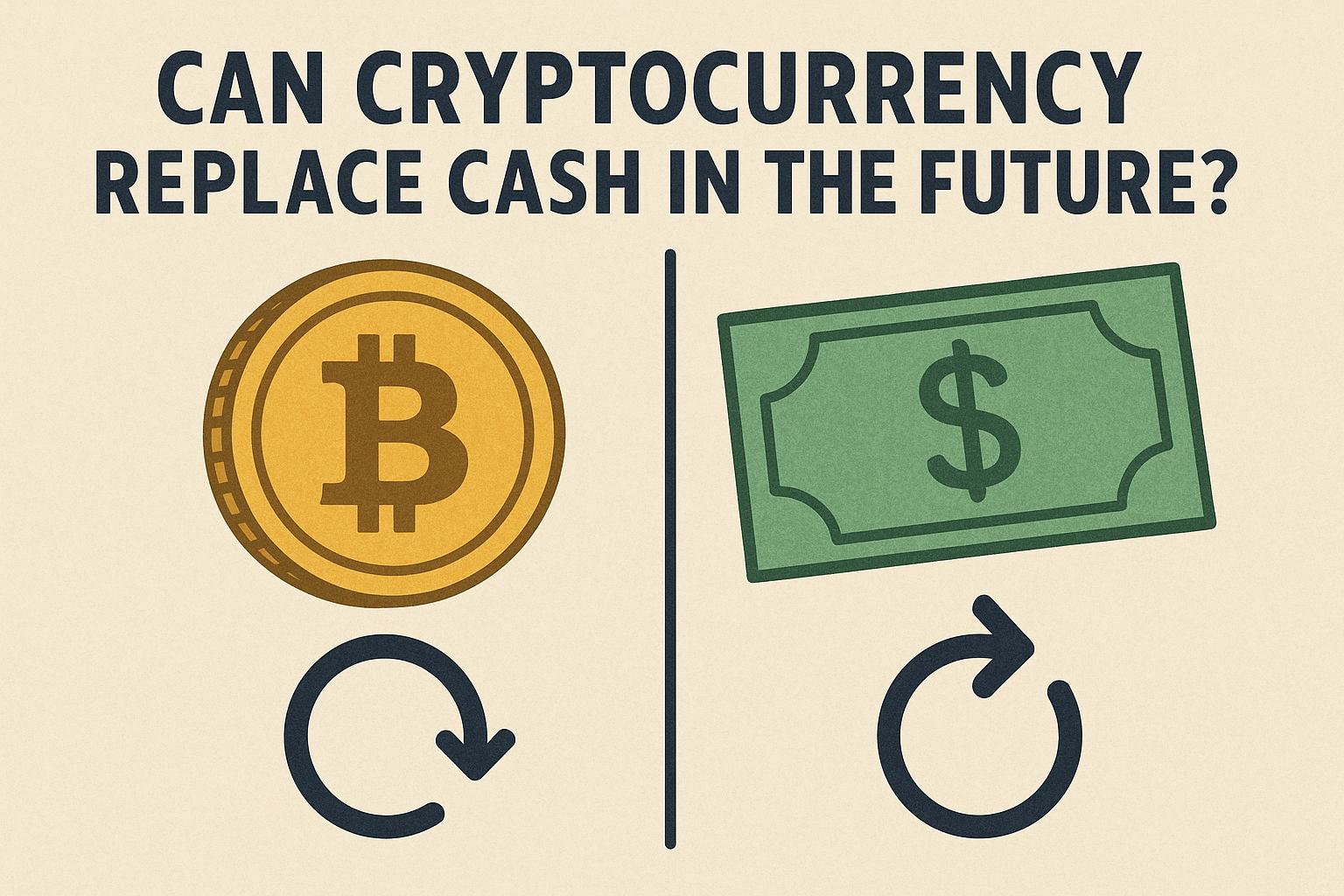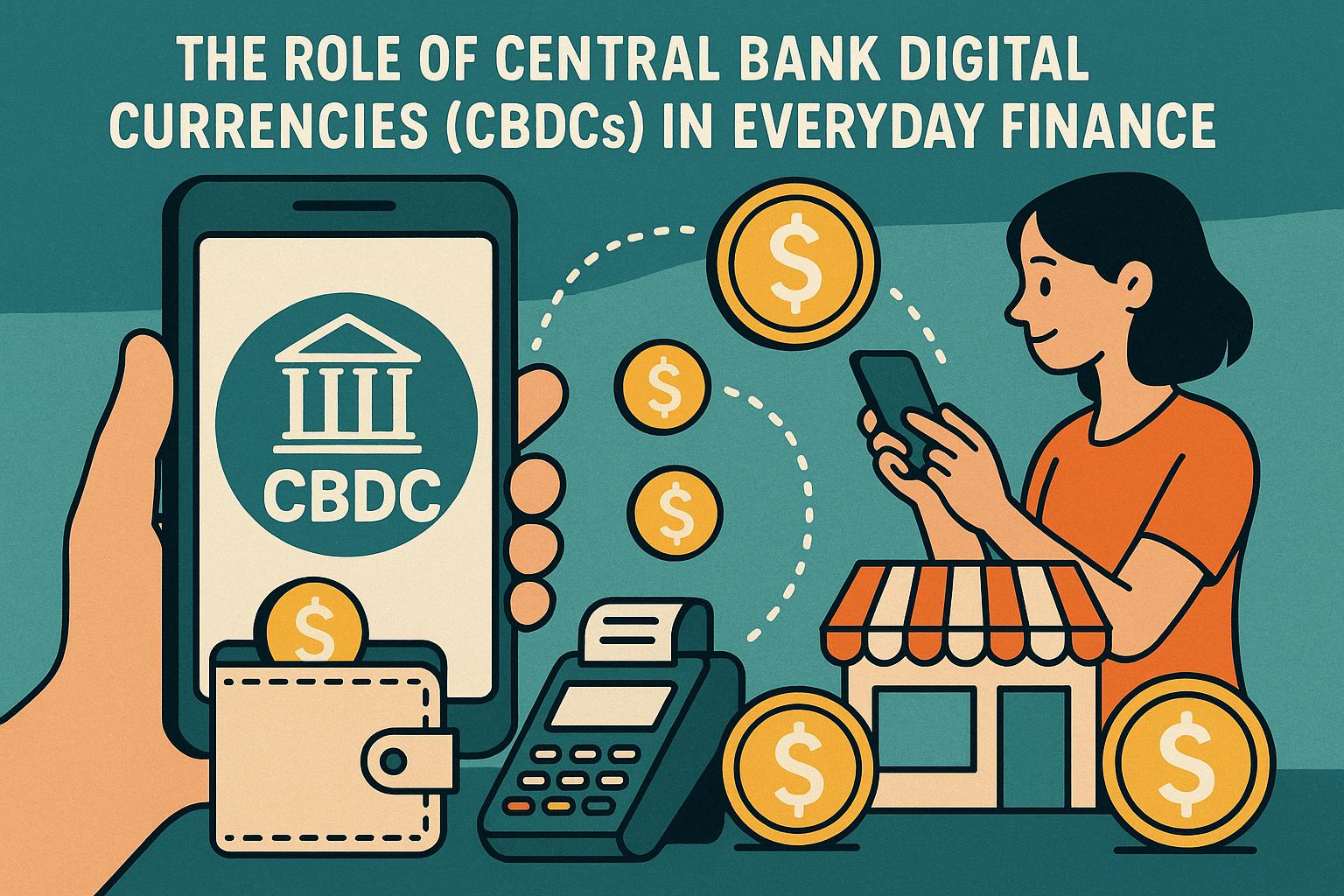Introduction to Sending Money Internationally Using Crypto
In recent years, cryptocurrencies have emerged as a viable option for transferring money across international borders. This method combines the advantages of blockchain technology with the ease of digital transactions. If you’re considering using crypto for international transfers, it’s essential to understand how the process works and what advantages it offers over traditional methods.
Understanding Cryptocurrencies
Cryptocurrencies are digital or virtual currencies that use cryptography for security, making them difficult to counterfeit. Popular cryptocurrencies like Bitcoin and Ethereum operate on decentralized networks based on blockchain technology. This technology ensures transparency and reduces the potential for fraud, making it an appealing choice for international money transfers.
Cryptocurrencies’ decentralized nature means that they are not controlled by any central authority, such as a government or financial institution. Instead, they operate on a peer-to-peer network where transactions are validated by network participants known as miners. This decentralized system offers enhanced security and is resistant to censorship, further bolstering its appeal for cross-border transactions.
Advantages of Using Crypto for International Transfers
When sending money internationally with cryptocurrencies, several advantages become apparent:
Lower Fees: Traditional money transfer services often charge high fees or offer poor exchange rates. Cryptocurrencies can reduce these costs significantly, with lower transaction fees and minimal conversion costs.
The lower cost of transactions with cryptocurrencies is primarily due to the reduced need for intermediaries. Traditional banking systems involve multiple intermediaries, each taking a cut from the transaction amount. In contrast, cryptocurrency transactions are peer-to-peer and therefore involve fewer intermediaries, translating to lower fees for users.
Speed: Cryptocurrency transactions can be completed within minutes, regardless of the distance between the sender and the recipient. This is a stark contrast to bank transfers that can take several days.
The rapidity of cryptocurrency transactions is particularly beneficial during emergencies or when a recipient needs access to funds quickly. The underlying blockchain technology enables almost instantaneous settlements, thereby eliminating delays typical in conventional banking systems.
Accessibility: With internet access, anyone can send and receive cryptocurrencies without needing a bank account. This accessibility is particularly beneficial in regions with underdeveloped banking systems.
The ability to participate in financial transactions without a traditional bank account opens up financial inclusion to many who remain unbanked globally. All that is needed is a digital wallet and an internet connection, thus enabling access to global financial activities previously unattainable for the unbanked population.
Steps to Send Money Internationally Using Crypto
To send money internationally with cryptocurrency, follow these basic steps:
Step 1: Choose a Cryptocurrency Exchange or Wallet
First, select a reputable cryptocurrency exchange or wallet where you can store and manage your digital currency. Examples include Coinbase and Binance. Ensure that your choice is secure and user-friendly.
Choosing the right platform is critical, as it should offer robust security features such as two-factor authentication and encryption. The platform should also have a user interface that accommodates both beginners and experienced users in the crypto space.
Step 2: Purchase Cryptocurrency
Once registered, you’ll need to purchase cryptocurrency. This can be done by linking your bank account or credit card to the exchange and buying the desired amount of digital currency.
Before purchasing cryptocurrency, it’s important to research and understand market conditions. Cryptocurrencies are known for their volatility, and the value can fluctuate significantly within short periods. Therefore, timing your purchase is crucial to maximizing potential benefits.
Step 3: Transfer Cryptocurrency
To initiate a transfer, you’ll need the recipient’s wallet address. Enter this address as the destination for your transaction, specify the amount, and confirm. Double-check the wallet address to avoid errors, as cryptocurrency transactions are irreversible.
Transferring cryptocurrency is straightforward but requires meticulous attention to detail. The recipient’s wallet address is a string of alphanumeric characters, and even a single mistake can result in the funds being sent to the wrong address.
Step 4: Notify the Recipient
Inform the recipient once the transfer is complete. The funds will be available in their digital wallet, and they can decide whether to convert it to local currency using an exchange service.
It’s advisable to conduct a small test transaction initially to confirm everything is in order before sending larger amounts. Communication is key, as both the sender and recipient need to be aware of the transaction details and confirm receipt.
Conclusion
Sending money internationally using cryptocurrencies provides a modern, efficient alternative to traditional methods. While it reduces fees and transaction times, it’s crucial to approach these transactions with care. Always verify wallet addresses, use reputable services, and remain informed about the regulations and taxes associated with cryptocurrency exchanges in your respective countries. By following these guidelines, you can benefit from a seamless, secure international transfer experience.
As the global financial landscape continues to evolve, cryptocurrencies present an innovative way to engage with the international monetary system. With ongoing advancements in technology, security measures, and regulatory standards, the use of cryptocurrencies for international money transfers is likely to become increasingly prominent in the coming years, offering individuals and businesses alike a viable means of conducting cross-border transactions efficiently and effectively.
This article was last updated on: July 10, 2025







